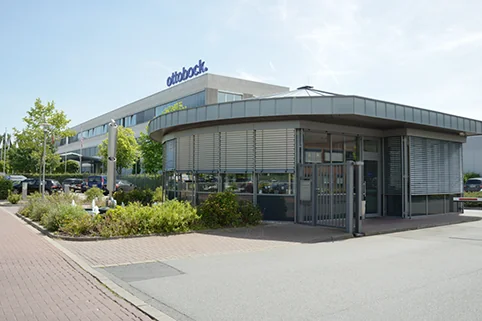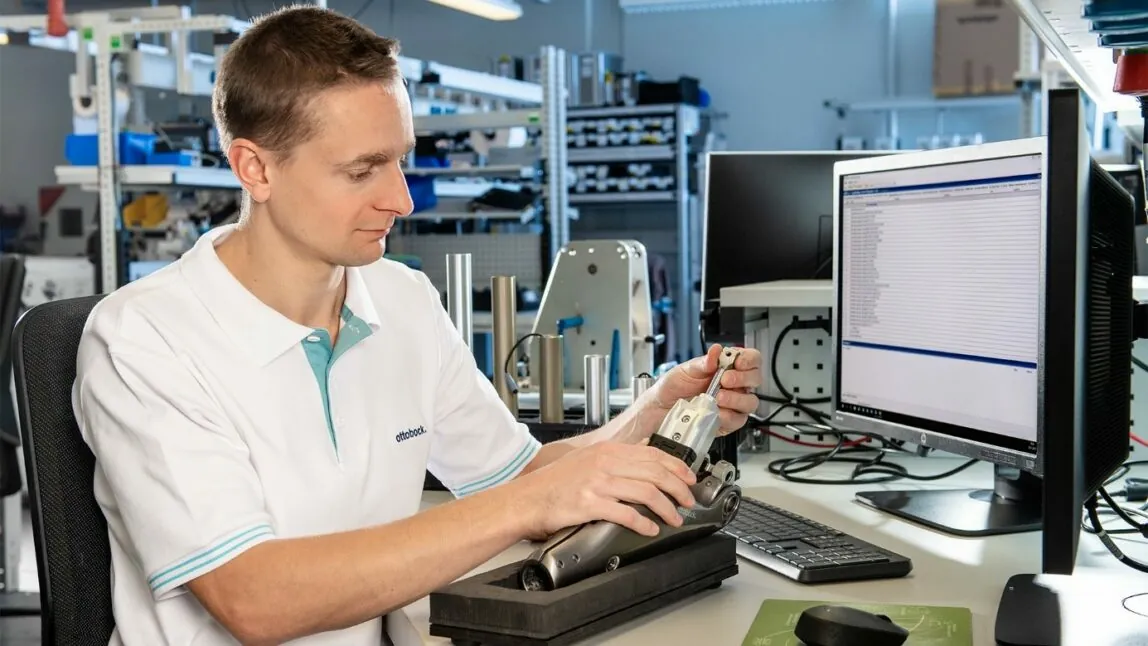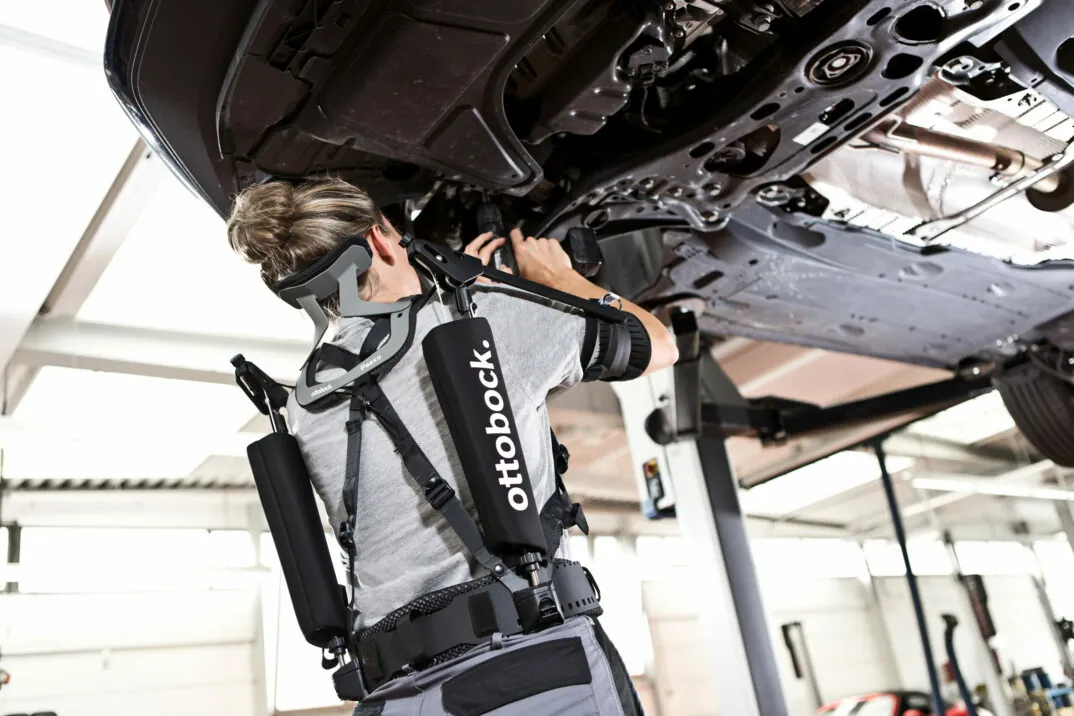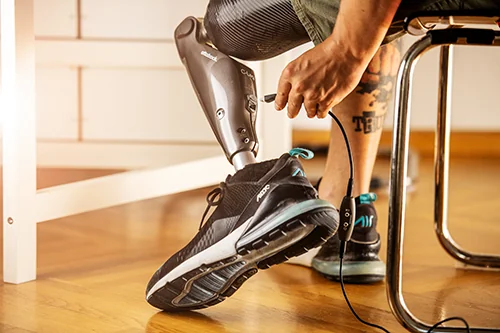This article appeared in the special publication “Software in Logistics” of Logistik Heute 1/2-2023.
Because capacity planning was time-consuming, Ottobock implemented sales & operations planning software, which enabled this orthopedic technology company to increase its productivity.
A rather rudimentary and complex capacity planning based on “SAP ECC” and “Microsoft Excel” was one of the challenges in Ottobock’s value chain. That’s why this orthopedic technology company wanted to implement the “waySuite” advanced planning and scheduling software as additional standard software alongside SAP. The Ottobock project team for implementing APS software was aware that processes and software must be coordinated so that a digitalization step such as partially automated demand and production planning can be as effective as possible.
When cooperation with the IT consulting company valantic began in August 2020, Ottobock’s planners also wanted to hear from the experienced supply chain specialists what “best practices” were. For example, a series of PP/DS process workshops (SAP Production Planning and Detailed Scheduling) with representatives from production planning and logistics, business process management, production, purchasing, SAP PP/MM application management, and sales were among the first measures. The previous planning organization, responsibilities, and processes were examined, and optimization potential was sought based on representative products and work plans. After a planning concept had been developed, a standardized procedure for using waySuite followed.







